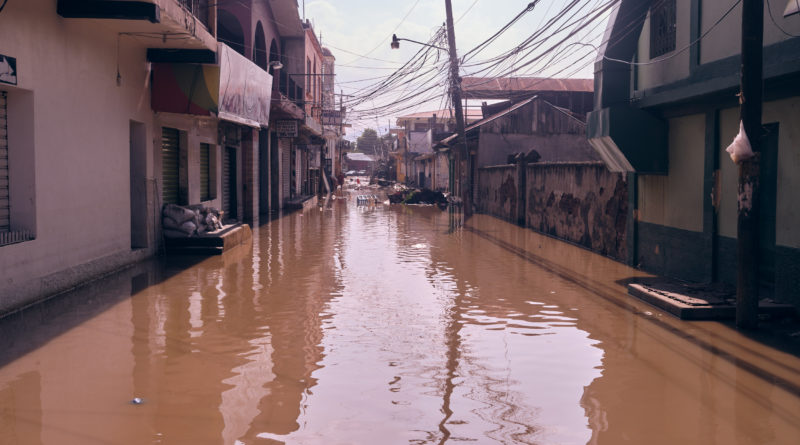The Latest On This Year’s Hurricane Season
3,928 total views, 2 views today
Several months ago, forecasters predicted that 2020’s hurricane season would encompass 28 storms, which would have tied the 2005 hurricane season’s record for most storms in a season. Recently, the 2020 hurricane season broke this record with two especially destructive hurricanes that have caused heavy rain, mass displacement, and numerous casualties in several countries. Below, learn more about these hurricanes.
Hurricane Eta
On November 3, Hurricane Eta, the 12th hurricane of the Atlantic hurricane season, made landfall in Puerto Cabezas, Nicaragua, and poured down on Central America as a Category 4 hurricane. The hurricane was one of the most powerful storms to hit Central America in years, and it brought deadly mudslides and killed approximately 185 people. For several days, Hurricane Eta flooded Nicaragua, Honduras, Guatemala, and, to a lesser degree, other Central American countries.
According to the International Federation of Red Cross and Red Crescent Societies (IFRC), more than 2.5 million people across Central America have been severely affected by Hurricane Eta’s damage, and thousands have been displaced. Hurricane Eta’s impacts add more burdens to already thinly stretched hospitals across Central America, which have been dealing with illnesses including COVID-19, cholera, dengue, and yellow fever. The IFRC has launched an emergency appeal of approximately $22 million to expand support to local Red Cross efforts in Honduras, Nicaragua, and Guatemala for the next 18 months.
Following Hurricane Eta’s impacts on Central America, the storm proceeded to travel to southern Florida on November 8. There, it caused flooding that lasted into the next day. The storm later swept across northern Florida and caused heavy storms in North Carolina, South Carolina, and Virginia before ultimately dissipating in the southeast Atlantic Ocean.
Hurricane Eta killed 11 people in the United States. Additionally, after the storm, washed-up debris from a 19th-century shipwreck was found on Florida’s northeast coast.
Hurricane Iota
On November 17, Hurricane Iota came ashore in Nicaragua as a Category 4 hurricane, approximately 15 miles from where Eta made landfall just two weeks earlier. Hurricane Iota is the strongest hurricane of the 2020 Atlantic Season and the year’s 30th named storm. The storm flooded most areas in Nicaragua, Honduras, and Guatemala. It also caused flooding in Costa Rica and Panama. On November 18, Hurricane Iota dissipated after crossing over Central America.
Prior to Hurricane Iota’s landfall, thousands of people in Central American countries were already trying to recover after Hurricane Eta made thousands of people homeless and depleted the region’s drinking water, food, and basic supplies. Approximately 40 people perished due to the storm’s destruction.
Central American governments have opened over one thousand shelters for evacuees across the most affected areas. However, basic commodities, medicines, and masks for COVID-19 protection are in low supply. Many supply chains to shelters and isolated communities are struggling to accommodate and provide enough supplies for the thousands of people displaced by Hurricanes Iota and Eta.
According to the IFRC, many rivers in Central American countries are still at higher elevations than usual, and floodwaters have not yet drained in many communities. The Red Cross and other hurricane relief organizations are on the ground working with local authorities and leaders in Central American countries to deliver aid. Massive emergency shipments of medicine and supplies are being given to those affected by Eta and Iota’s impact in the region.
The hurricane season is supposed to end on November 30, but meteorologists think it may last longer and are tracking for additional hurricane activity. Currently, forecasters are tracking one possible tropical depression in the Atlantic.

